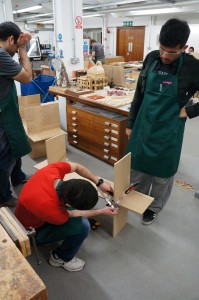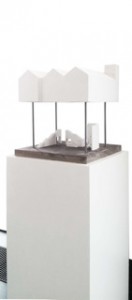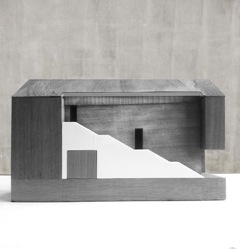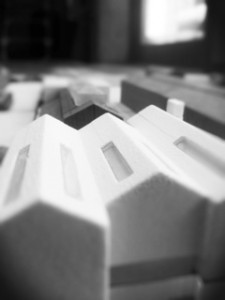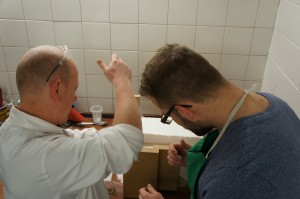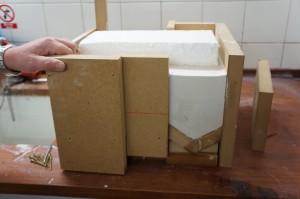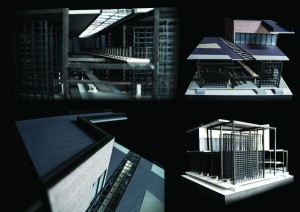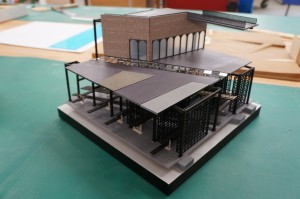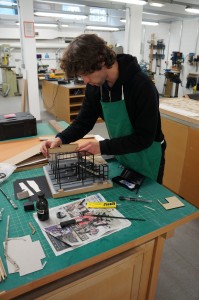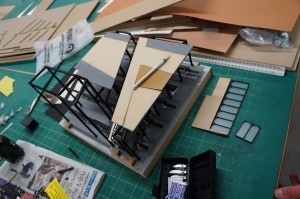Since our last post we have barely been able to move for people in the workshop, regularly maxing out our capacity. Deadlines for exhibition construction have meant a surge of students getting their show pieces and exhibit spaces completed.
There have been many co-ordinated group’s mass producing components for exhibition over the last few weeks here at SED. Whilst there has been a positive hive of activity, there have been a few instances where machines such as the laser cutter have been wrongly used which we hope to address ahead of the next academic year. This really just comes down to being aware of when it is appropriate to use a specific machine for a given job.
There is a good chance we will be implementing a ‘pay up front’ policy for use of the CAD driven machines and for the materials we supply due to the number of no-shows and the knock on effect that causes to other students wanting to use the machines. Please be aware that these changes are likely to be in place come September.
Details of the Degree Show can be found here: http://degreeshow.mmu.ac.uk/locations/


